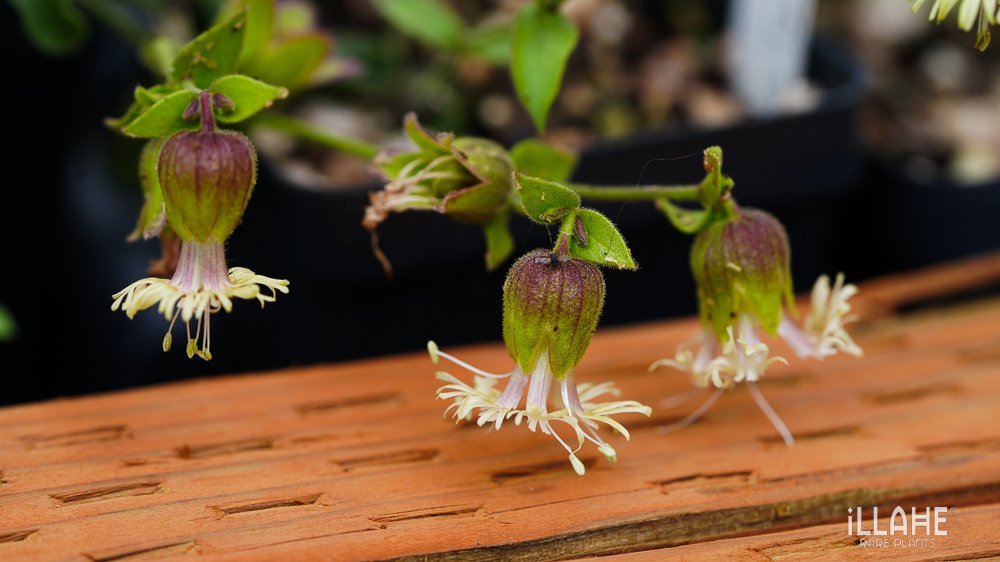

Eriogonum ovalifolium
A true gem for xeriscaping and rock gardens, Eriogonum ovalifolium is a low-growing perennial native to the dry, rocky soils of the western United States, particularly the Great Basin and surrounding regions. Known for its unique round, silver-gray leaves and clusters of delicate, creamy white to pale pink flowers, this species thrives in sunny, well-drained locations.
From late spring to early summer, the plant forms mounds of silver foliage adorned with rounded clusters of tiny, tubular flowers. Its drought tolerance and ability to thrive in poor, rocky soils make it an excellent choice for water-wise gardens, dry landscapes, or as a groundcover in difficult conditions.
Native to the high-desert and alpine regions of the western United States, particularly in areas like the Great Basin, Nevada, Utah, and parts of California. Its natural habitat is characterized by dry, rocky slopes, sagebrush deserts, and open, gravelly hillsides at elevations ranging from 1,200 to 3,000 meters (4,000 to 10,000 feet).
In these environments, it thrives in well-drained, sandy or gravelly soils that are often low in organic matter, reflecting the plant’s adaptation to harsh, arid conditions. It is typically found growing alongside other drought-tolerant species, including shrubs like sagebrush and grasses that are well-suited to the area's low rainfall and high sun exposure.
zones 4-8
A true gem for xeriscaping and rock gardens, Eriogonum ovalifolium is a low-growing perennial native to the dry, rocky soils of the western United States, particularly the Great Basin and surrounding regions. Known for its unique round, silver-gray leaves and clusters of delicate, creamy white to pale pink flowers, this species thrives in sunny, well-drained locations.
From late spring to early summer, the plant forms mounds of silver foliage adorned with rounded clusters of tiny, tubular flowers. Its drought tolerance and ability to thrive in poor, rocky soils make it an excellent choice for water-wise gardens, dry landscapes, or as a groundcover in difficult conditions.
Native to the high-desert and alpine regions of the western United States, particularly in areas like the Great Basin, Nevada, Utah, and parts of California. Its natural habitat is characterized by dry, rocky slopes, sagebrush deserts, and open, gravelly hillsides at elevations ranging from 1,200 to 3,000 meters (4,000 to 10,000 feet).
In these environments, it thrives in well-drained, sandy or gravelly soils that are often low in organic matter, reflecting the plant’s adaptation to harsh, arid conditions. It is typically found growing alongside other drought-tolerant species, including shrubs like sagebrush and grasses that are well-suited to the area's low rainfall and high sun exposure.
zones 4-8








